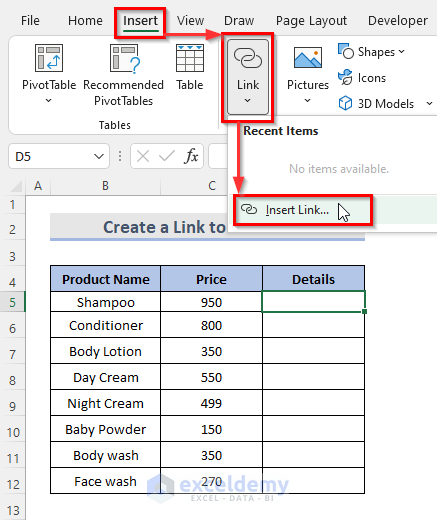Instantly Reach the Top of Your Excel Sheet: Simple Tricks

In the world of data analysis, efficiency is key. Excel, a staple in almost every office setting, offers numerous shortcuts to help users work smarter, not harder. One common task that many users perform frequently is scrolling to the top of their data set. This seemingly simple action can become tedious and time-consuming, especially when dealing with large datasets. However, there are several simple tricks to help you reach the top of your Excel sheet instantly, saving you precious time and reducing frustration. Let's explore these shortcuts in detail.
1. Use Keyboard Shortcuts

Excel, being a Microsoft product, is rich with keyboard shortcuts. Here are a couple to help you get to the top of your sheet:
- Ctrl + Home: This is probably the most straightforward method. No matter where you are in your Excel workbook, pressing Ctrl + Home will bring you directly to cell A1.
- Shift + Ctrl + Home: This combination selects all cells from your current position to the top-left corner of the worksheet.
🏃♂️ Note: The Ctrl + Home shortcut works across multiple tabs in Excel. If you're on another tab, it will take you to cell A1 of that specific sheet.
2. Scroll with the Scroll Wheel

If your mouse has a scroll wheel, you can also use it to navigate quickly:
- Hold down the Ctrl key on your keyboard and spin the scroll wheel upwards. This will scroll you towards the top of the sheet.
- Alternatively, Shift + Scroll can also be used to move horizontally through your sheet, although it won’t take you directly to the top.
3. Use the Name Box

The Name Box in Excel, located to the left of the formula bar, can also serve as a quick way to jump to the top:
- Type A1 in the Name Box and press Enter. Excel will immediately take you to cell A1.
4. Set Up Custom Shortcuts

For power users, creating custom shortcuts through Macros can provide an even more tailored approach:
- Open the Excel VBA editor by pressing Alt + F11.
- Insert a new module, then paste a macro like this to jump to the top:
Sub JumpToTop()
Range(“A1”).Select
End Sub
- Save your macro and assign it a custom shortcut key through Excel Options.
🚀 Note: Macros can automate repetitive tasks, but remember to save your workbook as a macro-enabled file type (".xlsm").
5. Freeze Panes Feature

To keep track of your headers or always see row 1 as you scroll, use the Freeze Panes feature:
- Select the row below where you want to freeze. For example, if you want to freeze the first row, select row 2.
- Go to the “View” tab, then click on “Freeze Panes” and select “Freeze Top Row.”
This way, even as you scroll, the top row remains in view, providing a constant reference point.
6. Using the Scroll Bar

The traditional method of scrolling up to the top might not be the fastest, but there’s a trick to it:
- Click on the scroll bar and drag it all the way to the top. It’s not instant, but it’s much faster than clicking the up arrow repeatedly.
While these methods are intuitive, they might not always feel like the fastest solution, especially for users dealing with large datasets daily. Here are some additional tips:
- If you have headers, you might want to apply the Freeze Panes feature to keep them in view as you work through your data.
- Remember that custom macros are not only for jumping to the top but can also be expanded for other navigation or data management tasks.
In conclusion, mastering these shortcuts and tips in Excel can significantly boost your productivity. Whether you prefer the immediate response of keyboard shortcuts or the visual aid of the scroll wheel, there's a method suited to every type of user. By incorporating these tricks into your workflow, you'll find that navigating large datasets becomes less of a chore and more of a seamless part of your daily work routine. Remember, efficiency in Excel isn't just about knowing what functions to use, but also how to move through the data quickly and effectively.
Can I use these shortcuts in different versions of Excel?

+
Yes, most of these shortcuts, especially the basic ones like Ctrl + Home, work across all recent versions of Excel, from Excel 2013 onwards.
What if my keyboard doesn’t have a Home key?

+
If your keyboard lacks a Home key, you can usually use the function key (Fn) along with a key that has “Home” printed on it, or you can explore software-defined shortcuts.
Are these shortcuts also available in other spreadsheets software?

+
While some shortcuts might differ, many Excel shortcuts are mimicked in other spreadsheet software like Google Sheets or LibreOffice Calc, though you might need to adjust for software-specific nuances.



